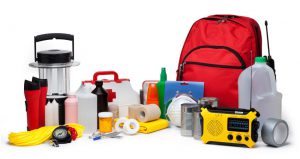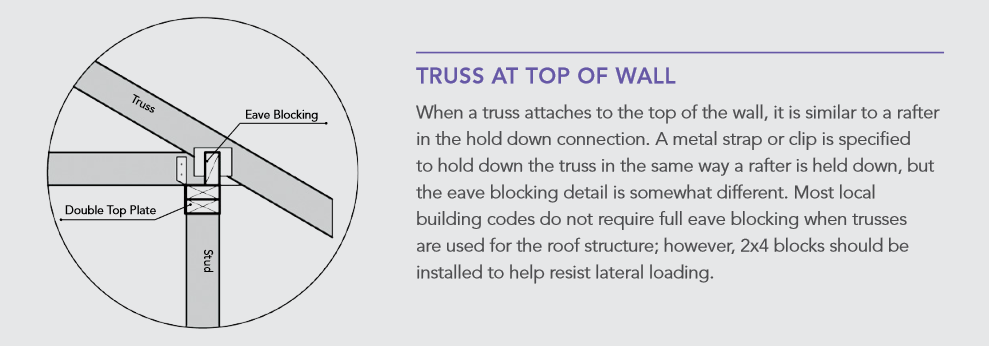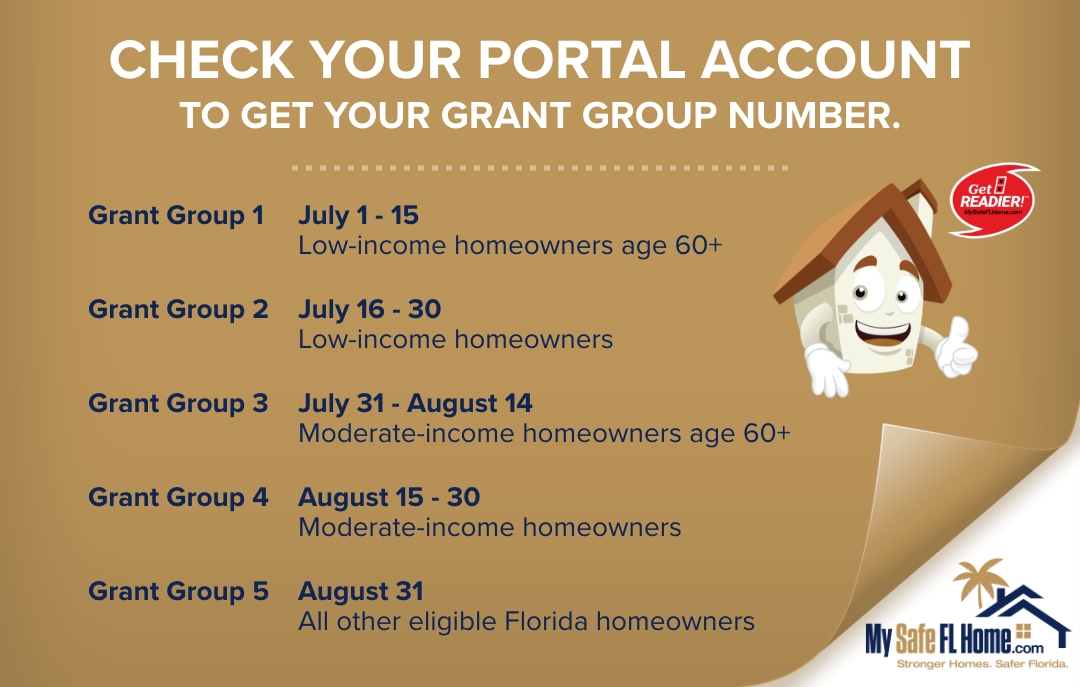
Watching early-season Hurricane Beryl barrel her way through the Caribbean and Gulf as a Category 5 storm has been a bit of a wake-up call. While Floridians are no strangers to hurricanes, this storm is proof of the climatologists’ warnings I’ve been hearing for more than a decade. With global increases in average temperatures, we won’t necessarily see more hurricanes, but stronger ones. And a Category 5 in late June is rare. Our strongest storms typically hit in mid-August to September, after the Gulf has been holding hot water that warmed up all summer long. But with recent record-breaking water temperatures in May, the waters were primed months earlier than usual.

So, what do we do? Longtime residents know the drill—get an evacuation plan together, a generator and fuel, fill a waterproof bin with important papers and keepsakes, and prepare 3-4 days’ worth of water, food, medicine, and non-electricity-requiring entertainment for every member of the family, including pets. There are tons of great checklists available online, at FloridaDisaster.org, the Red Cross, and in the free UF IFAS Disaster Handbook.
But what about your house? If you leave, it will need to weather the storm without you, and ideally we want to have a place to return safely. There are some circumstances almost no home can survive—a direct hit by a tornado, for example—but for the most part, there are plenty of actions we can take to harden, or strengthen, our homes against hurricanes.
While the excellent Rebuild Northwest Florida program—a local effort that provided low-cost wind mitigation to 14,500 homes in our area—has phased out, we do have new sources of money to help. The legislature recently approved funding for the My Safe Florida Home program, which went unto effect just a few days ago on July 1, 2024.

The program works almost identically to Rebuild. There’s an application process online, and once approved, homeowners will have an inspection done on their home. Inspections and contractors are preapproved by the state program, to ensure unlicensed folks aren’t taking advantage of people. The wind inspection will yield a list of needed upgrades, which a contractor will perform. There are a handful of actions covered by the program, including adding hurricane clips and other roof-to-wall and roof-to-beam connections, water barriers for roofs, and door/window replacements. Once the improvements are complete, a follow-up wind inspection can provide significant insurance savings to your biggest investment. If you are curious about what some of these improvements look like, reach out to me and schedule an appointment to visit the Windstorm Mitigation building at our Escambia Extension office.
 To apply for the My Safe Florida Home grant, go to https://mysafeflhome.com/ and hit “apply now” at the top, which will take you to a website portal for creating an account. This is a cost-share program, so homeowners must provide 33% of the total cost—for every $1 you spend, the grant will match with $2. Homeowners may receive up to $10,000 towards upgrades. Grant approvals are prioritized and reviewed by age and an income level, with fewer requirements under consideration after August 31. Eligible applications will be reviewed and approved on a rolling basis until funding runs out. The legislation approved $200 million for the program. The bill includes funds for both single family and townhome owners, and added a pilot program for condo associations. The website has a frequently asked questions section for anything else you may want to know.
To apply for the My Safe Florida Home grant, go to https://mysafeflhome.com/ and hit “apply now” at the top, which will take you to a website portal for creating an account. This is a cost-share program, so homeowners must provide 33% of the total cost—for every $1 you spend, the grant will match with $2. Homeowners may receive up to $10,000 towards upgrades. Grant approvals are prioritized and reviewed by age and an income level, with fewer requirements under consideration after August 31. Eligible applications will be reviewed and approved on a rolling basis until funding runs out. The legislation approved $200 million for the program. The bill includes funds for both single family and townhome owners, and added a pilot program for condo associations. The website has a frequently asked questions section for anything else you may want to know.
 6
6
